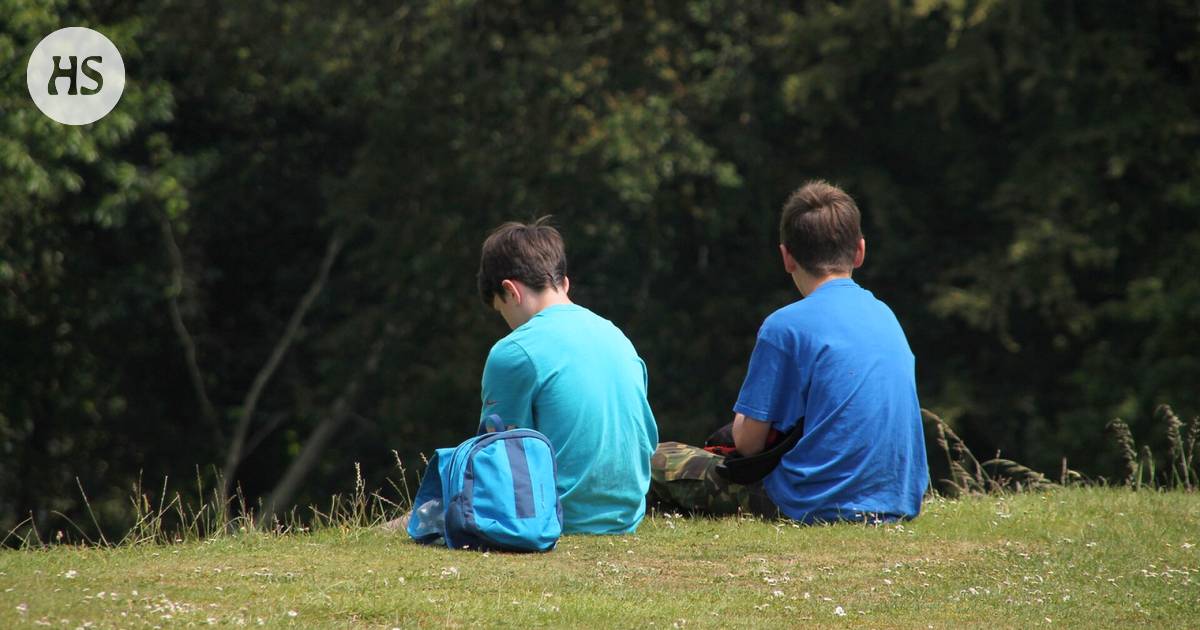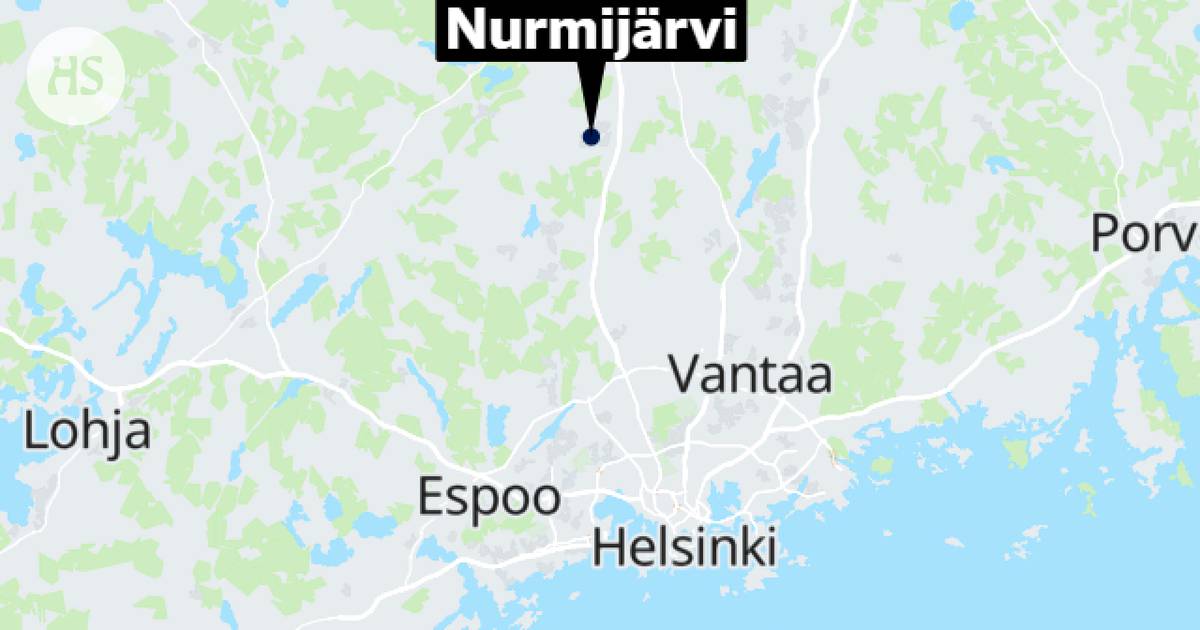Benjamin Komlosi, 8
Sisters and a lot of time is often or should be spent with the brethren.
It can often be nice to have other children nearby and not just adults.
However, many feelings, both positive and negative, are experienced in sibling relationships. Disputes and disagreements can come easily.
Sometimes bigger siblings can command or cheat smaller ones. Adults in the family don’t always notice this.
There is often a power struggle between siblings and assumptions about the orders and rights that age brings. Both siblings and siblings can be annoying or irritated in sibling relationships.
Studies have shown that gender can play a role in, for example, when another is irritated and how the irritation occurs. There may be more physical skirmishes between brothers than between sisters.
However, research has also shown that children are able to challenge and shape the assumed orders of the family.
It’s worth talking about annoying situations. It’s worth telling how you feel about yourself and listening to each other’s views.
Common rules for the whole family can be agreed with the adults.
It can help to bear in mind that everyone should have equal rights and responsibilities.
Marianne Notko
researcher, docent in family and violence research
University of Jyväskylä
Treasure chests are usually hidden.
Where is the gold, diamonds and treasure chests?
Noa Dolenc, 5
From the river gravel distinctive gold peaks can be found in Finnish Lapland, for example. The Ivalojoki and Lemmenjoki are famous “golden rivers”.
Gold finds that caused a direct rush of gold diggers included California in the United States and Klondike in Canada.
Diamonds are found especially in the wake of so-called Kimberlite volcanic eruptions. Those volcanoes are named after the mining town of Kimberley in South Africa. It was born just around the diamond finds in the area.
In addition to South Africa, most diamonds are currently sourced from Canada and Russia. They are also found even in the ancient volcanic rocks of Eastern Finland.
Treasure hunters and archaeologists have discovered treasures hidden around the world since ancient times.
Treasure hunters have not always reported their findings. Therefore, it is impossible to say where they got the most treasures.
Archaeologists have studied the most in Europe and the Middle East. That is why the majority of the treasures hidden in the ground have been found there.
Coffins, bags and various pots are typical for storing the oldest treasures. Many of them are now rotting. Treasures have been hidden for fear of the enemy or robbers.
Perhaps the most famous of the treasures robbed by pirates is the treasure of Captain William Kidd in the late 17th century.
It is believed to be buried in any part of the Caribbean or the east coast of the United States.
Aku Heinonen
docent of petrology
university of Helsinki
Risto Marjomaa
university lecturer in general history
university of Helsinki
Worms have brains in the front of the body.
When the earthworm cuts off, why do both halves continue to move? Is a new worm born then, or does one mind control two bodies? If the worm breaks into several pieces, can all the pieces live?
Osku Heilimo, 10
Earthworms that is, the small brains at the front of the worm control the movements of the earthworms. The nervous system leaves the brain, which transmits instructions for movement to the muscles.
It is a good idea to avoid breaking the liero. But if it breaks into two or more parts, the earthworm’s brain continues to control the front. Once the front has recovered from the fright, it may even strive to escape.
Even in the nervous system of the stern, there are messages related to movement, even if the worm is broken. Without new instructions coming from the brain, sternal movement is an endless twist.
When broken, no new worm is created. Only a piece of the front can survive. Even the front end will only survive if the point of rupture is so behind that the important organs of the front end of the earthworm are preserved.
Worms have the ability to regenerate. They can succeed in growing a new tail to replace the lost one. The tail is unable to grow a new front.
Some species of earthworms can also cut themselves off when harassed. The meandering stern is confused by the beast, and the front end can escape.
Visa Nuutinen
specialist researcher
Natural Resources Center
The chick that develops in the egg is fed on the brown.
How do non-hatching chicks get their food?
Viivi Hietaoja, 7
Chickens in addition, the eggs of other birds also have yolks. It is usually said to be brownish. It is usually less than half the size of a bird’s egg.
The brownish is surrounded by a small brownish bag. Ruskuainen is a source of food for the developing chicks of birds. It is rich in nutrient fats and proteins.
Thanks to the brownish, the chick can grow quickly in the egg. It can use brown as food because there are big blood vessels between it and the brown sac.
As the pup grows, the brownish decreases. Just before hatching, the rest of the brown is absorbed to the chick’s stomach. It is used as a reserve food during the first days of the chick’s life, immediately after hatching.
The adult bird has only a small bulge in the wall of the small intestine in memory of the brown one.
Aleksi Lehikoinen
superintendent
Creation
Carrots taste good not only to us humans but also to bugs.
Sometimes when you hawk a carrot then notice that there are holes inside. Has anyone gone wrong with the carrot growth?
Anna-Salome Aho, 7
Carrots holes may appear for at least two reasons.
The black small holes are probably the work of a carrot fly. Scientifically called those flies Psila rosae.
Carrot flies strike carrots when they first lay tiny eggs on the ground nearby. The larvae hatching from the eggs eat the tunnels in the carrots. Later, the larvae develop into flies and fly on their journeys.
The remaining holes become black due to the bacteria nesting in them. When eating a carrot, the damaged areas can be cut off and the rest eaten.
If the carrots do not show signs of larval activity, it may be too rapid to grow or dry out.
After heavy rain, the carrot often gets a growth spurt. It can break down plant cells, or small building blocks. When many cells break, empty spots are left in the carrot. Likewise, drying during storage can damage cells.
Sanna Gunell
Postdoctoral Researcher in Molecular Plant Biology
University of Turku
Send the question, the full name and age of the questioner to [email protected]. The column will be edited by Touko Kauppinen and Juha Merimaa.
#Children #science #questions #big #brothers #annoying #treasures









